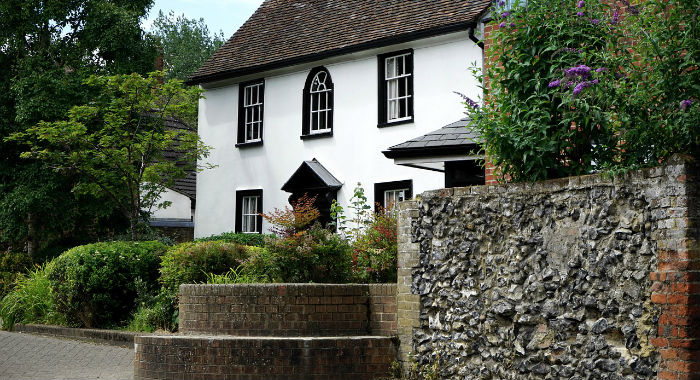Research conducted by Springbok Properties shows that, although market uncertainty is adversely affecting the more expensive southern regions, the north-south property divide still favours the south.
Springbok examined the number of property transactions and the average house price across the north and south last year. The company then multiplied the average house price in each region by the number of transactions to find the average volume of property sold.
The results show that sales in the South have been sluggish with total transactions down 7.3% year-on-year, compared to 3.3% in the North and the same in the Midlands and Wales.
With regard to the growth in the total value of sales, the South fared worst once again with an annual decrease of 7%, compared to a drop of just 1% in the North. The Midlands and Wales were the only areas to experience an annual increase of 1% in the total value of sales.
Nevertheless, as regards the actual value of property sold, the South was the resounding winner with a massive £138.4bn worth of property sold last year, despite the year-on-year decrease in volume of sales.
The Midlands and Wales came second with £37.8bn worth of property sold, while the North ran a close third with £36.2bn worth of property sold last year.
South powering ahead
A previous survey had found that a majority of the public consider the Midlands to be part of the North. But even with the addition of these two regions and Wales, the total value of property sold still only amounts to £74bn, having decreased slightly year-on-year and being equal to around half of that in the South.
Shepherd Ncube, founder and CEO of Springbok Properties, has commented on the study, saying that as far as transactions are concerned, the market has grown more robustly in the Midlands and the North since the EU referendum. And that, conversely, home owners in London and the Southeast have endured much worse due to market uncertainty.
However, as a proud Mancunian, Ncube is reluctant to admit that the South is powering ahead in terms of the value of property transactions and only slightly lagging behind on transactional volume compared to the North, Midlands and Wales as a whole.
House Price Index
Meanwhile, Zoopla’s UK Cities House Price Index has reported strong market conditions in the North with average house price growth of 3.6%. Underlying market conditions remain robust in northern cities, with supply and demand more keenly balanced. This factor is helping to stabilise annual average price growth of 3.6% across the region.
Liverpool is experiencing the strongest market conditions as the amount of new housing coming onto the market is proportionate to the number of sales being agreed. This is unmistakeable evidence, according to Zoopla, that demand is meeting supply in the city and furthermore reflects the healthy price growth there, as prices have increased by 4.9% over the year to June 2019.
Zoopla’s Index which examines the 12 months to the end of July also shows that house prices in 12 major cities are now rising more slowly than average earnings growth. The survey shows that in London the house price-to-earnings ratio has fallen from a peak of 14.1 two years ago to the current 13.1. Nonetheless, this still far exceeds the 20-year average of 9.9.
The average home in a major UK city now costs 6.7 times typical earnings, a slight increase on the 20-year average of 5.8.




